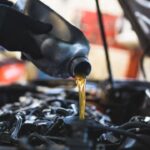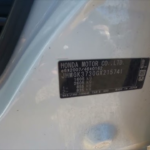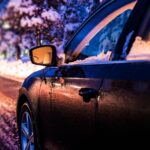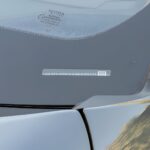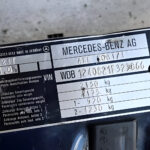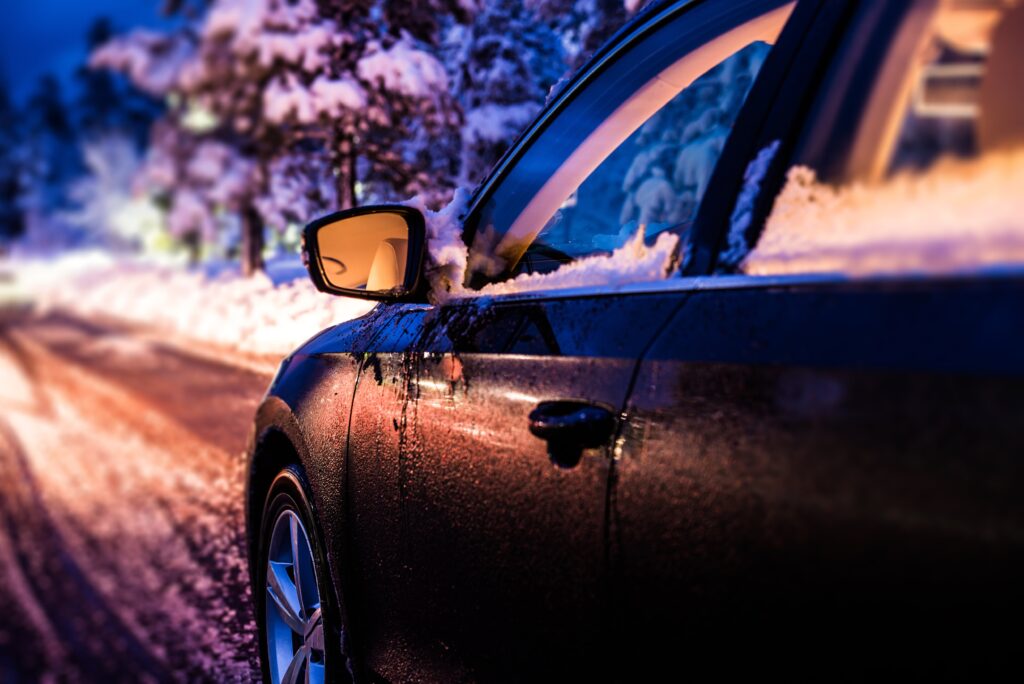
1. Inspect and Change Your Tires
Winter is the season in which a very critical thing needs to be done, and that is checking if the car has the right tires for the season. When considering winter tips for your car, one of the most essential steps is ensuring the tires are suitable for icy and snowy conditions. If you live in a region that has a lot of snow and ice during winter, think about using winter tires. Winter tires have more aggressive treads and are made out of a rubber material that does not harden even in extremely cold weather, giving you better control. If winter tires cannot be utilized, then at least make certain that your all-season tires are deep enough (at least 4/32 inches) to drive safely.
Advice: Check your tire pressure since the temperature drops and air can easily be lost. Always remember that driving on deflated tires is dangerous as control is compromised and the risk of accidents is raised.
2. Monitor the Battery
The cold is also unfriendly to the battery. Low temperatures increases the resistance to any chemical reaction within the battery thus even a good battery in normal heat conditions is more likely to fail on a very cold day if it is weak. It’s wise to test your battery before winter comes to check whether it is still capable of taking any charge. If it has surpassed three years in its lifetime then you may want to change it in order to be on the safer side.
Advice: If there are old alkaline deposits treat the battery to a thorough cleansing. Also, there should be enough weight on the battery to keep it immobilized.
3. Refill Antifreeze and Windshield Wiper Liquid
Coolant is very important in winter as it helps to avoid the engine from freezing. Ensure you carry also a water and antifreeze engine coolant mix in the ratio of half for each. This is to avoid difficulties with the engine running.
Do not forget about your windscreen washer fluid. For this, use the one that is intended for winter in that it will not freeze upon contact with the windshield. This is very useful in ensuring one’s vision is clear when snow and slush on the roads are being thrown to the vehicle or car.
4. Check Your Car Heater and Defroster
During winter, the defroster and heater in the car are indispensable for comfort and safety respectively. Otherwise, a nonworking heater can make the drive unbearable while an inoperative defroster can obstruct your vision. Make certain that both systems are operational prior to having to deal with icy windows on a cold morning.
Tip: If read inside the cab you experience windows fogging up, have a look at the cabin air filter, as it is likely that it is saturated and needs to be changed.
5. Prepare an Emergency Kit
No matter how careful a driver you are, there is a snow bank or an interminable wait for help in a storm somewhere in your books. In such cases, an emergency bag can tip the scales. Therefore, some basic things to have in the vehicle include:
- A warm blanket or additional clothing
- A torch with additional batteries
- Cables for jump starting a vehicle
- An ice scraper, and snow brush
- Tire chains, if necessary
- Packaged food and water
- A first aid box
- A little spade and sacks of sand or kitty litter as well as a few traction mats
Tip: Also a corded phone charger and a power bank which is fully charged with the car in case the car battery is not working.
6. Always Avoid Letting the Fuel Tank Go below Half
When the tank is emptied, the likelihood of water vapor condensing somewhere in the fuel line increases, and that moisture can freeze and keep the car engine from turning over. One simple way to solve this problem is to keep the gas tank at least half full.
Tip: It also makes sure that you have enough fuel in case of emergency for heating if you get stuck and have to run the car for warmth.
7. Care for Your Lights and Visibility
All through winter, there is less daytime and more low visibility driving. Therefore, check that all the inner and outer light fittings are functional. Usually clean the lenses of your headlamps and if they are dull, it would be wise to get a restoration kit for the headlamps to make them brighter.
Suggestion: When you are driving in a heavy snowstorm or fog, turn on low beam headlights to cut the glare and improve your vision.
Final thoughts
Driving during winter may not be very stable but with the above highlighted basic guidelines, you are able to be on top of everything and your vehicle will be operational. Consistent check-up treatments and taking early measures to shield your automobile from winter are bound to not only keep your car in good condition but will also guarantee you smooth journeys without any tension. Take care and wish you a winter without any hitches!



